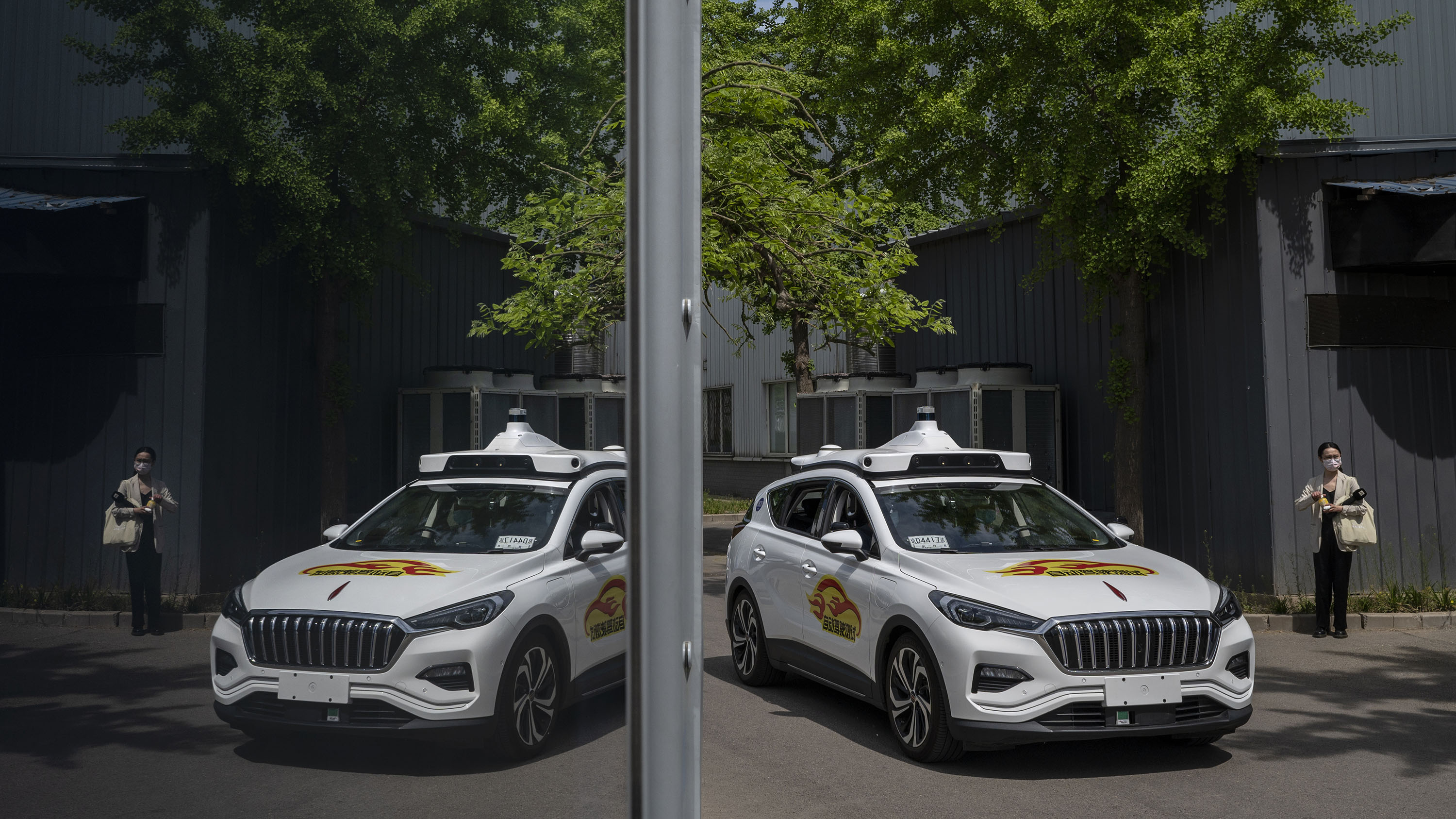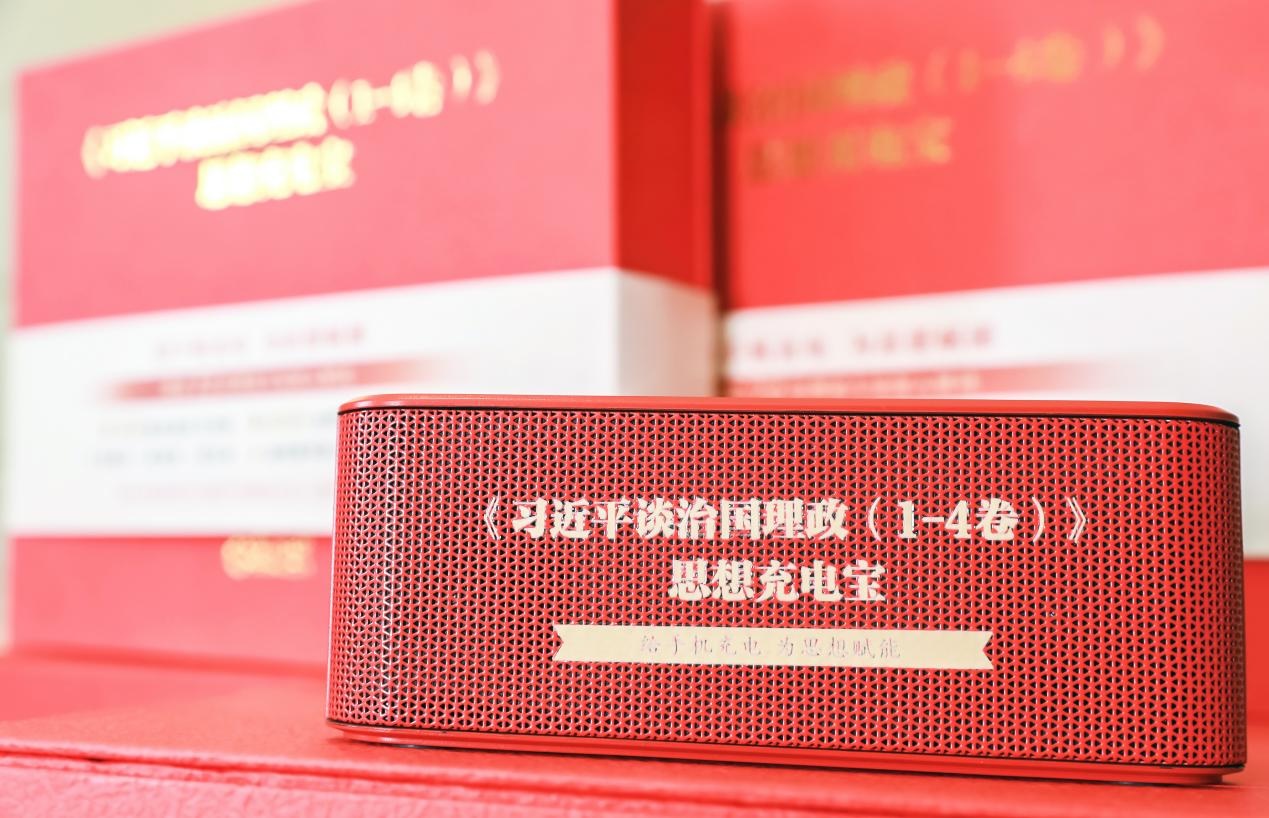How China is regulating robotaxis
Robotaxis are only accessible in a few Chinese cities so far, but national regulations have started to rein them in.

This story first appeared in China Report, MIT Technology Review’s newsletter about technology in China. Sign up to receive it in your inbox every Tuesday.
Not many technologies have had such a roller-coaster ride in the past year as robotaxis. In just a few months they went from San Francisco’s new darling to a national scandal after Cruise, one of the leading companies in the business, was involved in a serious accident.
This morning, I published a story looking at where the industry is going in the new year. Other than rebuilding the public trust that was lost last year, robotaxi companies are also struggling to find a realistic business model. It’s not a moonshot idea anymore, but it’s also not quite a feasible business yet.
The piece mostly focuses on the situation in the US, which is experiencing the most uncertainty because of that Cruise incident. But obviously, I’ve also been paying close attention to Chinese companies in this field. And this newsletter will be a crash course to bring you up to date on how the Chinese peers of Cruise and Waymo are doing now.
The US and China have been on similar timelines when it comes to autonomous-driving technology.
It’s hard to make a direct comparison because these companies don’t usually operate in the same market. Cruise and Waymo don’t exist in China at all; while some Chinese companies have set up research labs in the US and have been testing their vehicles here, they have no plan to compete in the US domestic market.
But there are so many developments happening in parallel. In the last two years, companies in both countries obtained permits to remove safety operators from the cars, charge passengers for the ride, expand their services to airports, and extend their operating hours to 24/7.
What it means is that robotaxis are nearly as accessible in China right now as they are in the US. If you are determined to try them out, there are several Chinese cities where you can find these self-driving vehicles on the streets—although you still can’t really use them for a regular commute.
And now, American and Chinese robotaxi companies are both under pressure to start making money. Considering the advanced hardware and software in a robotaxi and the human intervention still needed to operate and maintain them, robotaxi rides have much higher costs than taxi rides today, which makes the business hard to scale up.
I first heard about this in the summer of 2023, when I noticed that Chinese carmakers had suddenly started aggressively rolling out autopilot functions (similar to Tesla’s FSD). One of the reasons behind that push turned out to be that Chinese autonomous-driving companies wanted to generate quicker revenues. Instead of waiting for fully autonomous vehicles, like robotaxis, to make money by themselves, they’d rather package the technologies into driver-assistance systems and sell to the market now.
One difference between the robotaxi rollouts in the two countries has to do with regulation. Chinese regulators are known for their hands-on approach and the tendency to rein in new technologies early. Robotaxis have been no exception.
In December 2023, China’s first regulation on commercial operation of autonomous vehicles went into effect. It sets some ground rules for different kinds of vehicles: roboshuttles or robotrucks still need to have in-car safety operators, while robotaxis can use remote operators. The ratio of robotaxis to remote operators cannot exceed 3:1, and operators need to pass certain skill tests. There are also rules specifying what data the companies need to report when accidents happen.
Like any first stab at regulations, the document still seems relatively abstract at this point. But it does put China one step ahead of the US, where national legislation on robotaxis could take much longer to come, and it’s the individual states taking all the steps for now. It will be interesting to see how the different regulatory approaches will affect the industry in the future.
On that note, we might be able to see American and Chinese robotaxi companies compete directly soon—not on their home turfs, but in the Middle East. In Abu Dhabi, the capital city of the United Arab Emirates, robotaxis made by the Chinese company WeRide have been carrying out free test rides. Just a two-hour drive away in Dubai, robotaxis made by Cruise are also being tested, even though the same vehicles have been pulled off the roads in the US.
Maybe we will soon be able to ride a Chinese robotaxi and an American robotaxi on the same day. If you get the chance to do that, definitely let me know how it goes!
Do you think the Chinese hands-on regulatory approach will benefit the industry or not? Tell me your thoughts at zeyi@technologyreview.com.
Catch up with China
1. China's population declined for the second year in a row, according to new data released by the government. (NBC News)
2. AI scientists and policy experts from the US and China held secretive talks in Geneva last year to align their views on AI safety. (Financial Times $)
3. More than one million Chinese people have emigrated since 2019, transforming the communities in neighboring Asian countries. (Bloomberg $)
4. China's internet regulator is investigating what data Shein could share overseas as the fast-fashion company prepares to go public in the US. (Wall Street Journal $)
5. CJPL, a Chinese research lab hunting for dark matter, just opened its second phase and became the world’s deepest and largest underground lab. (Nature)
6. The Chinese government vows to rein in the overproduction of electric cars and the "disorderly competition behaviors" among domestic EV companies. (Financial Times $)
Lost in translation
Once determined to reduce its reliance on coal, China is ramping up coal production and consumption again. According to the Chinese publication Caixin Weekly, China produced 4.66 billion tons of coal in 2023, reaching a historical peak; China also imported 0.47 billion tons of coal in 2023, a 61.8% increase from the year before and another historical high.
In 2020, the Chinese government was taking measures to phase out coal power plants. But the war between Russia and Ukraine pushed up the global energy price and left China uncertain whether shifting to renewable energy could disrupt its economic stability. As a result, more coal power plants have entered construction in the past few years in China, causing a rebound in coal consumption and production.
One more thing
Today in gadgets nobody asked for: A Chinese party-owned outlet designed a power bank–slash–speaker. Called the “‘Xi Jinping’s “The Governance of China” Volumes 1-4’ Ideology Power Bank,” the speaker reads you 72 political essays explaining the Chinese president’s ideology while it also charges your phone. What, you want to buy one? Sorry, it’s exclusively given to party cadres and government employees.

Deep Dive
Artificial intelligence
Google DeepMind used a large language model to solve an unsolved math problem
They had to throw away most of what it produced but there was gold among the garbage.
AI for everything: 10 Breakthrough Technologies 2024
Generative AI tools like ChatGPT reached mass adoption in record time, and reset the course of an entire industry.
Google DeepMind’s new Gemini model looks amazing—but could signal peak AI hype
It outmatches GPT-4 in almost all ways—but only by a little. Was the buzz worth it?
Stay connected
Get the latest updates from
MIT Technology Review
Discover special offers, top stories, upcoming events, and more.